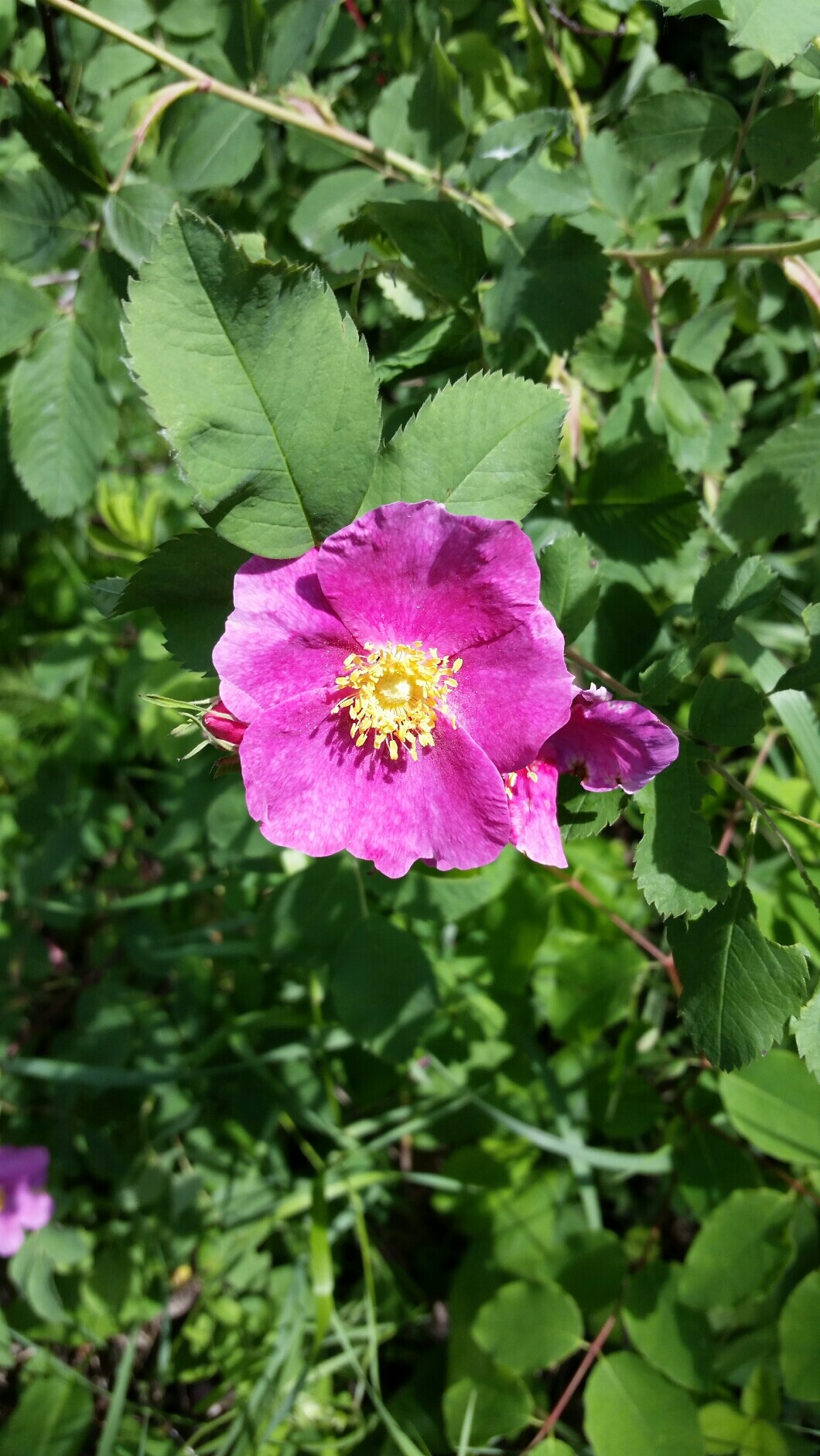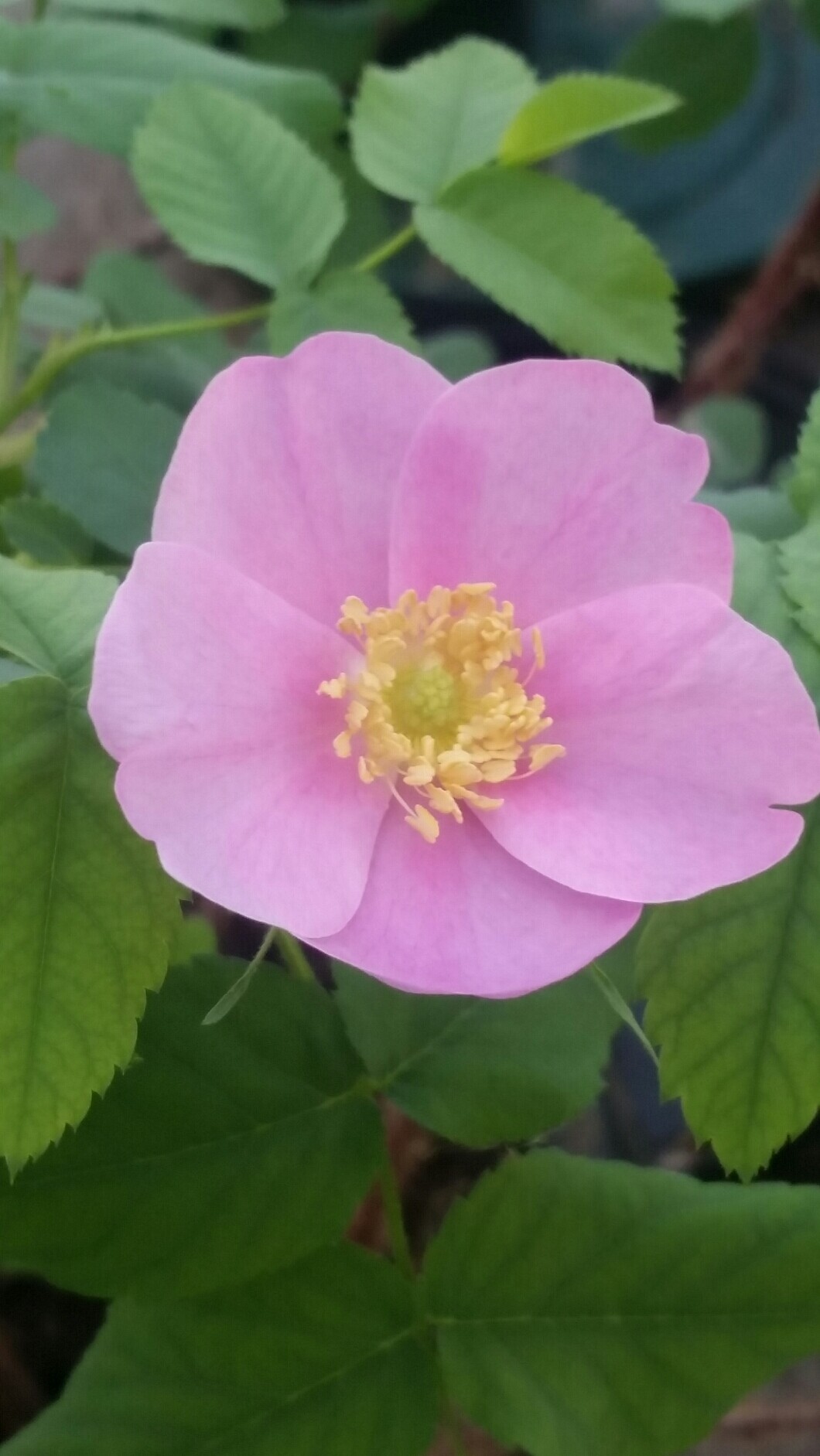Group discussion:
When attempting to cross a modern rose with a species, do you prefer to use the species as the maternal parent or the paternal parent?
species x modern or modern x species?
Share your thoughts!
-Jonathan
Group discussion:
When attempting to cross a modern rose with a species, do you prefer to use the species as the maternal parent or the paternal parent?
species x modern or modern x species?
Share your thoughts!
-Jonathan
Two rules of thumb that are sometimes in conflict in such crosses are: move pollen from higher to lower ploidy, and; use a weaker-growing plant as the seed parent. I tend to use species as seed parents simply because I get more seeds (faster!), which means greater variation next spring. I do try to do most crosses in both directions, if time and conditions allow.
The limited species work I’ve done has been primarily with R. virginiana and R. arkansana. Both have been very reluctant to accept foreign pollen, so the seedlings I get are normally with the species as the pollen parent. I have tried both as the seed parent many times. I normally get few seeds with poor germination. The exception has been when I pollinate the species with a hybrid having the other as an ancestor (pollinating virginiana with arkansana hybrids and vice-versa.
R. foliolosa has been an exception to the above. It seems to accept pollen from almost anything and produce a good number of hips/seeds. I got a number of seedlings from R. foliolosa X R. bracteata, and bracteata pollen doesn’t work on many things.
Mark
I second Mark on R. virginiana and R. arkansana. Likewise, R. carolina seems very loathe to accept pollen from modern roses. I’ve done hundreds of pollinations with only a large handful of successful crosses.
My experience with R. foliolosa also echoes Mark’s. Plus it seems to be self-sterile so you don’t have to worry too much about pollinating blossoms whose anthers have begun to shed. It was so amenable as a seed parent, blooming late when I had time to pollinate, that I developed a bit of a foliolosa problem. My field was full of vigorous foliolosa F1’s. One cool characteristic is that my specimen anyways can throw reblooming F1’s. However, that didn’t make up for the fact that I couldn’t find many seedlings worth keeping. So I grubbed out all but a handful and banned myself from even touching R. foliolosa this year.
R. woodsii - probably better as pollen, I dunno
R. fedtschenkoana - I’m imagining better as pollen parent
R. glauca (rubrifolia) - strange meiosis. I believe it would be very difficult to use as a seed parent though hope someone can contradict. As pollen parent it will kinda act like a diploid.
R. acicularis - mine doesn’t germinate well or at all with conventional methods. needs a warm treatment. would make me favor pollen
R. rugosa - great as seed parent if your particular cultivar or specimen happens to like the pollen you apply. Many of the next generation will be triploids and many will be sterile, but there is I think some potential here if rugosas like your climate.
Many of the species are very quick to self pollinate, as are some of their offspring. Basye’s Legacy and its offspring are VERY fast to shed pollen, often before you see petal color between the sepals. Ralph Moore complained he found most of the Rugosa seedlings raised from Rugosa set seed were selfs. He theorized it was because it self pollinated so very early and was likely much more liable to accept its own pollen than “foreign”. He felt the “cure” was to flood the blooms with massive amounts of foreign pollen very early, then repeat pollinating them over several days. His most striking results arose from using Rugosa’s pollen on modern seed parents.
When I first began attempting to play with Fedtschenkoana, it refused every pollen I put on it for several years. Eventually, the only crosses to succeed, in either direction, were with Orangeade as the seed parent, then with Dottie Louise as seed parent. Dottie was half Orangeade. Even when Fedtschenkoana will set seed for me, it most often only forms one or two per hip. The “moderns” I put it on produce multiples of that quantity.
Some species can be very reluctant to set seed. Stellata mirifica and Minutifolia, in particular, set very little seed for me. Even using the Mexican form of Minutifolia, which is observed to be more seed fertile than the Californian form, results in few hips carried to maturity. The hybrids I have raised from Minutifolia have all been from using its pollen on “moderns”. Puzzlement, my presumed hybrid between Stellata mirifica and Fedtschenkoana, does not set seed, but its pollen has worked on fertile triploids and are listed on HMF, as are many of the Minutifolia seedlings. Primula and Xanthina aren’t as easy to obtain mature hips from than all of the modern seed parents I’ve put them on. The few which have held to maturity contained few seed, while the moderns resulting from their pollen have produced numerous seeds. Could some of them actually be selfs? Absolutely, but shouldn’t your chances of raising actual hybrids increase with increased numbers of seed? Banksiae sets few seed from any pollen other than its own. Even when it does, there are usually only one or two per hip and they can require up to two years to germinate. Using its pollen on moderns produces many more seeds, which, if they germinate, require much less time. Basye’s Amphidiploid 86-3 sets very few hips with few seeds per, and can be quite difficult to germinate. Its pollen does work much better on moderns and the seeds germinate much more easily. I have seedlings using its pollen on Cal Poly, Golden Horizon and Jim’s L56-1. None of its seed I have ever planted has germinated. I am sending the latest self set seed to Peter Harris for him to excise the embryos to see if that can help, as it did with the Fortune’s Double Yellow self seeds he excised back in April.
Hugonis set many hips, containing many seeds, most of which germinated, but nearly all appeared to be selfs. I retained none of them due to room and their apparent lack of hybridity. Putting its pollen on 1-72-1 produced the fertile hybrid I’ve easily used further on several other moderns
If you have a great deal of room to grow many seeds, using the more fertile species as seed parent may produce more “complete” hybrids, but I have found it more difficult to determine hybridity in their populations. Using moderns for seed with species pollen usually shows influence much more easily. I agree with the advice to try them all in both directions, if interest, time, space and energy permit.
All very good information! Thank you.
In my limited experience, I have not had much success using species pollen on moderns. Ploidy barriers probably have a lot to do with it. I, too, am an advocate for reciprocal crosses when resources allow.
That’s why you need fertile triploids and wonderfully fertile minis! They will cross with DIRT! LOL!
Rosa woodsii -the north form is fertile both ways with R. rugosa.
Rosa rugosa has to harvested very early. When the sepal just start to pull away. Pull petals all in one motion. Inside the bud you can retrieve the closed anthers on one scoop, they will dry overnight. The stigma are ready to pollenate within moments. I have done the HT way wasting much time years ago. All Cassiorohdon seem to pollenate this way.
For which way, with diploid, the least fertile is usually is chosen male. You can always pack on a tonne of pollen. With higher ploidy I find it really depends on the cross and both should be done to avoid disappointment. And because you don’t have to dig around pistols getting out the anthers lodged in there crosses are much faster.
Jonathan,
Another possibility has been suggested: that a hybrid of two species, mated with a garden variety, sometimes gives better results than a cross with either “pure” species.
Van Fleet (1916) found that a Wichuraiana x Setigera hybrid, crossed with a garden rose, gave better results than Setigera alone.
http://bulbnrose.x10.mx/Roses/breeding/VanFleet/VanFleetRoses1916.html
Similarly, Wright (1967) wrote, “t would appear that if Rosa rugosa is first crossed with Rosa blanda, and then this hybrid is bred to Hybrid Teas or Floribundas, the dominance of rugosa’s weak bud-stems and excessive thorniness is broken much more effectively than if repeated infusions are made with the tender roses to a similar degree of loss of hardiness.”
http://bulbnrose.x10.mx/Roses/breeding/Wright/Wright1967.html
Interesting! I had not learned of that. Thanks for sharing!
Jonathan,
Reciprocal crosses involving species can sometimes give very different results.
Nicolas (1933) wrote, “For instance, a cross of Hortulanus Budde x R. Moyesi gave me slightly modified Hybrid Tea types where Moyesi was only recognized by the weird red single blooms and smaller foliage, while one almost totally mother type revealed the pollen parent only by the queer bottle shape of Moyesi fruits. The reciprocal cross (R. Moyesi x Hortulanus Budde) produced plants almost as uncouth and crude as Moyesi.”
http://bulbnrose.x10.mx/Roses/breeding/NicolasSpecies1933.html
I noticed that Nicolas wrote “For the first cross, the selection of the mate has no importance beyond being a good progenitor, as its part in the game is only to “crack” the species. When the time comes to breed the next or first generation of seedlings, one must be more particular, as the influence of the mate will be more forceful.”
I think it would also be helpful to self the initial species/modern hybrid and then move forward with the best plant from the selfed progeny.
Such selfing would be very interesting, Jonathan. First of all, statistically there would be a tiny chance (when working with tetraploid moderns and species the chance should be around 2.7%) that the selfed seedlings would recombine to be rebloomers. Secondly, it would be fun to evaluate whether any hybrid vigor shown in the F1’s would continue into the next generation. Third, it would just be fun to see how the genes segregated in the population of self-pollinated F1’s.
Here is one example of selfing, though Nicolas did not give a full account of all the variations. It would have been nice if he had mentioned whether there were any rebloomers or doubles.
ARS Magazine, May-June, 1933
Hybridizing Species Roses
J. H. NICOLAS
Crosses of species roses and Hybrid Teas sometimes give strange results not always compatible—to the layman’s eye —with the parents, but, apparently, they are to be expected when unrelated or distant types are cross-bred: A friend of mine [Schoener] sent me a hybrid reputed to be a cross of R. nutkana and Paul Neyron, a shrubby, vigorous plant but without apparent trace of Nutkana, although the bloom was single and pink. As it excited a great deal of skepticism as to its true origin, I planted a handful of selfed seeds, and in the lot came several more or less Nutkana types, and one almost pure Nutkana in all particulars, even with its root-stolons traveling long distances. This experience satisfied the doubting Thomases—including myself.
Allard did give a few more details, noting that he got more singles than semi-doubles.
Jardins de France 1: 725 (1900)
Having harvested at different times of the fruits of Rosa harrisonii, I planted the seeds and got a variety of roses with single flowers, white, pink, yellow and one semi-double flower, with the same color and tone as that of Rosa lutea Miller. All are dwarf shrubs that run with the Rosa pimpinellifolia, for the main characters: prickles, leaves, purple black fruit, etc.
The Rosa harrisonii has also characters of Rosa pimpinellifolia, but it is closer to Rosa lutea in the color of the flower. However, it is considered by many rose growers as being a variety of this Rose. This would be, we believe, a hybrid of Rosa pimpinellifolia crossed by R. lutea.
Some hybrids of R. wichuraiana are available for further study. I have seen ‘Glenn Dale’, ‘Francois Foucard’, ‘Paul Noel’, ‘Gardenia’ and ‘Francois Juranville’. Of these, the first two appeal to me more than the others.
‘Francois Foucard’ has lots of small petals, perhaps inherited from the Noisette parent of ‘l’Ideal’. It blooms over a long period, and has a delicious perfume. ‘Glenn Dale’ has a shapely Tea-like form derived from ‘Isabella Sprunt’. It is possible that selfing either, or crossing the two, could yield some hardy bushes with flowers more deeply colored than either. Or they could be crossed with well-formed HTs or Floribundas to give yellow-toned companions for ‘New Dawn’.
Finally, it may be possible to “crack” species without breeding to garden roses. Crosses between geographically remote races, particularly involving naturally occurring variants, can give the breeder a leg up. R. arkansana, for example, has produced a few double-flowered selections, as well as white-flowered and red-flowered forms. The double forms, ‘John Allan’ and ‘Woodrow’, are not identical. I don’t know that anyone has tried crossing the two to give us some improved forms. And crossing these with the white- and red-flowered forms would give further improvement. THEN one could cross a double red Arkansana with a double red garden rose without worrying so much about singles and ordinary pinks turning up in the progeny.
A real-world example of this is (was) Burbank’s ‘Giant Maritima’ plum. He started by domesticating the wild plum, selecting for improved size and sweetness for a few generations. He then mated a greatly improved Beach plum with a high quality Japanese plum. In the F2 generation he raised the largest plum he had ever seen … and he was someone who really knew about plums.
http://bulbnrose.x10.mx/Heredity/Burbank/BurbankMaritima1914.html
Karl
Before I attempted rose hybridizing I read all I could find on rose breeding. My objectives were the same as now. Broaden the colour pallette of hardy roses available to gardeners in zone 3.
One of my first tasks was to develop my own breeding lines. To that end I crossed species roses and hardy near species into the Parkland and Explorer roses.
The pictures below demonstrates my efforts.
Chuckp
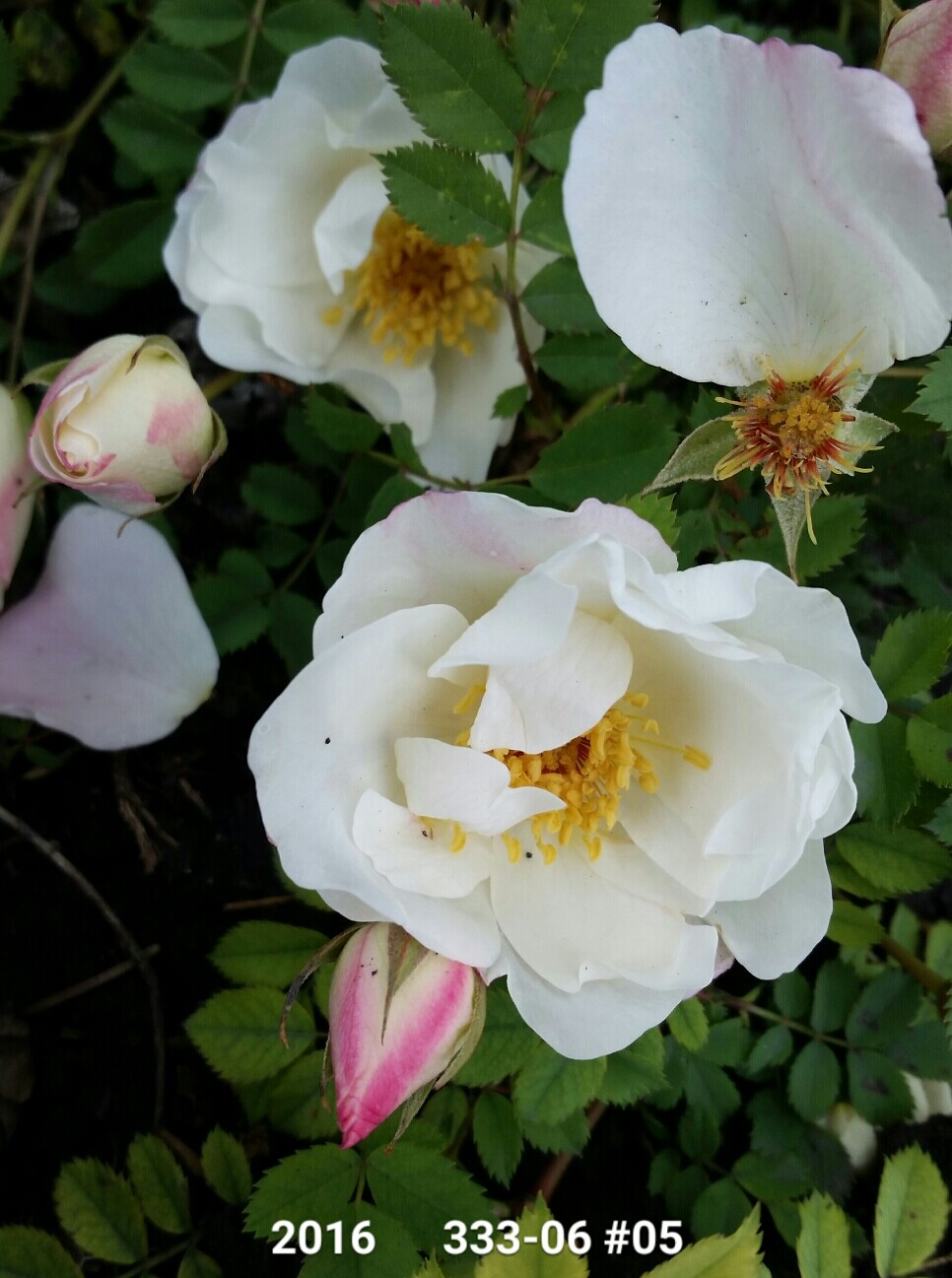
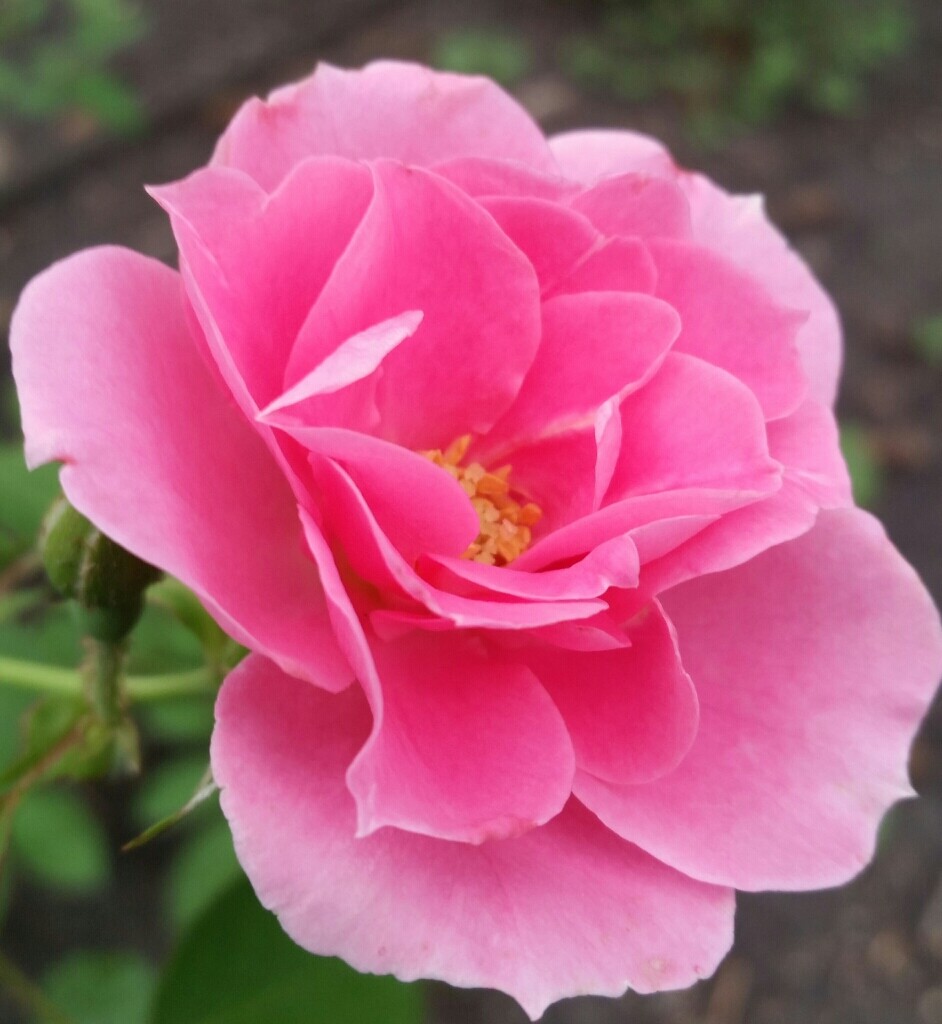
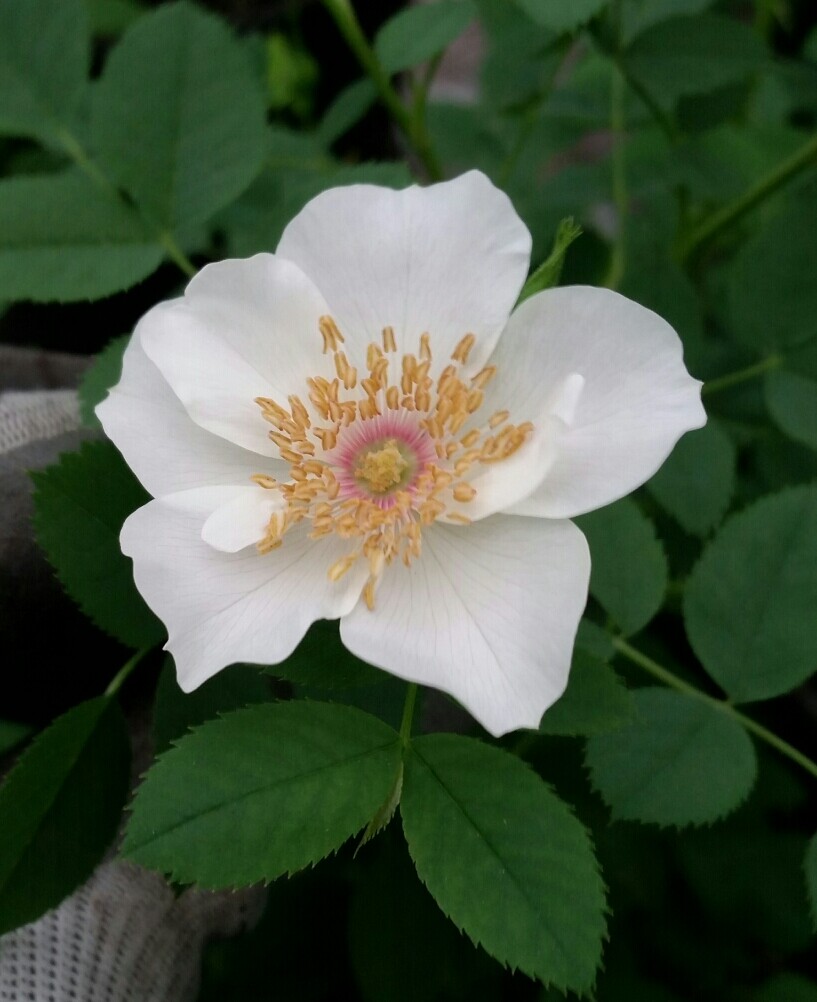
Karl, with the breeding work of Luther Burbank that you cited in mind. I know a place with many variants of rosa
Acicularis base on flower form. Should I be able to find naturally accruing double Flower hybrid seedlings?
Chuckp
Chuck,
The inheritance of doubling is not as simple as we might like. Lammerts (1945) worked out a genetic model that seemed to explain the matter, at least for the roses he was breeding.
http://bulbnrose.x10.mx/Roses/breeding/Lammerts/Lammerts_yellow.html
Species don’t always cooperate with theories. ‘Schoener’s Nutkana’ is single, even though the pollen parent (Paul Neyron) is very double. Nicolas used pollen from ‘Schoener’s Nutkana’ on a Hybrid Tea to raise the very double (and very large) ‘Leonard Barron’. In this case, single-ness was completely dominant in the first generation. Other descendants of SN have also been double.
http://bulbnrose.x10.mx/Roses/Rose_Pictures/S/SchoenersNutkana.html
As for breeding a double-flowered hybrid of R. acicularis, good luck. One problem is that R. acicularis is a complicated species (or group of related species). Authors disagree as to what is or is not a “true” Acicularis. Chromosome numbers range from diploid (R. acicularis nipponensis Crépin) to octoploid (R. acicularis Lindl. and R. baicalenis Turcz.) Tetraploid and hexaploid forms have also been described.
If you are breeding for a very hardy, double-flowered, reblooming rose, ‘Hansa’ is a good starting point. The violet-tone of the flowers seems to be lost in hybrids. Wright used it for breeding in Canada. I’m pretty sure that Wright was wrong about ‘Gen. Jacqueminot’ being a parent of ‘Hansa’, which is probably one of the Russian Rugosas. These are much hardier and more drought resistant than the Japanese forms.
What sort of variations have you found among the wild Acularis?
Your Acicularis x Parkland cross is especially nice. Does it rebloom?
Your Spin. hybrid is exquisite, Charles!
Thanks gentleman for your help and encouragement. R.Acicularis x Parkland doesn’t rebloom, but it has an extended blooming season and sets seeds. I plan to use the pollen on Golden Celebration next year.
These pics are some of my results of crossing my Spinosissima hybrids with tender roses.
Karl, I am collecting and evaluating many of the Mid-Centry rose hybrids created by Canadian
Prairie rose hybrizers. I think they is an over-looked gold mine of winter hardiness.
Chuckp
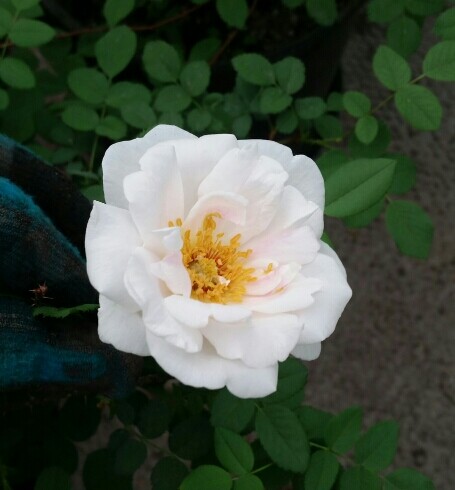

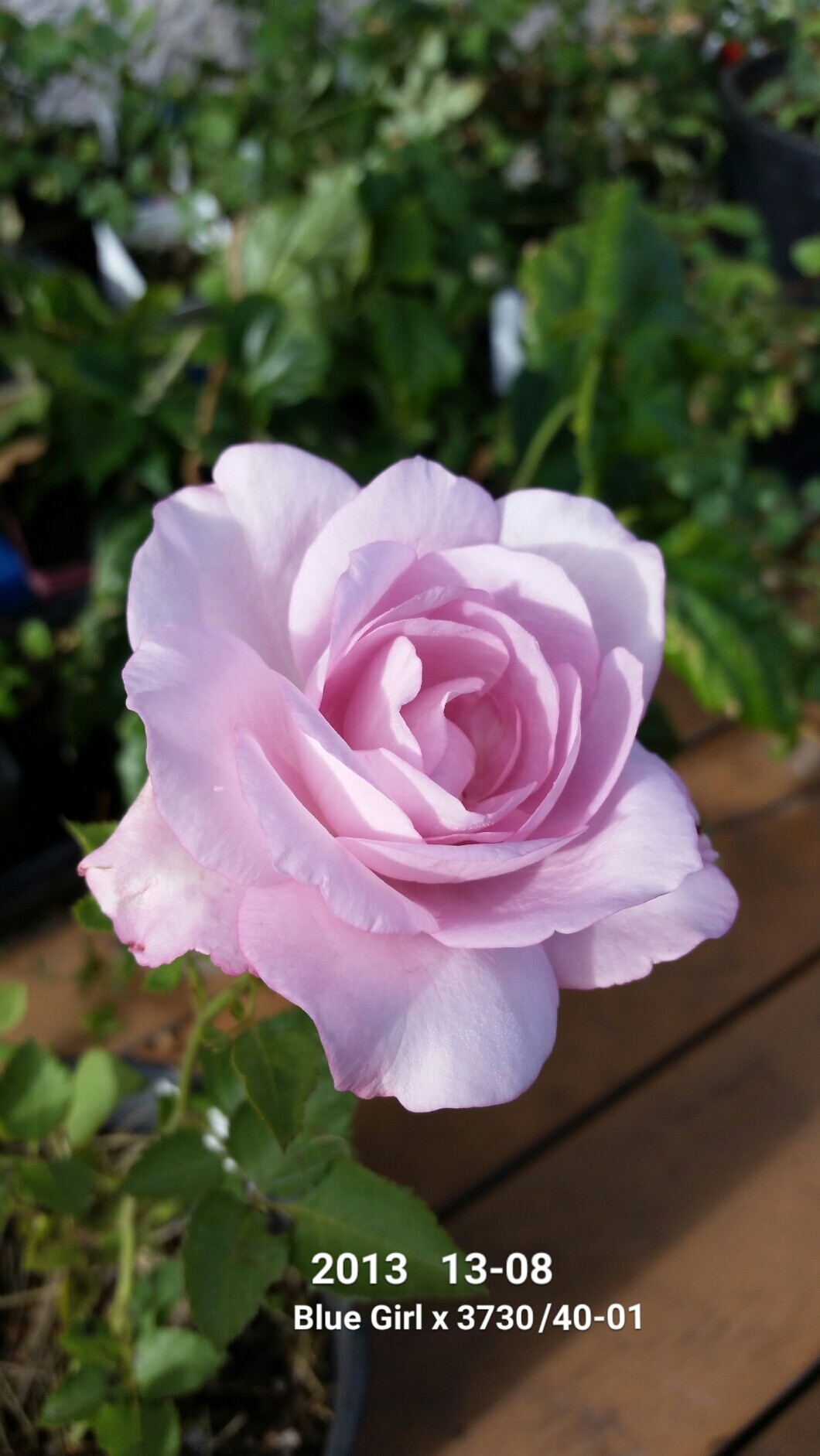
Karl, these are some of the wild rosa Acicularis in my area. I’m hoping to spend a day there next spring documenting the variation in the flowers and stems and returning in the fall to reconcile the individual plants with the rose hips.

